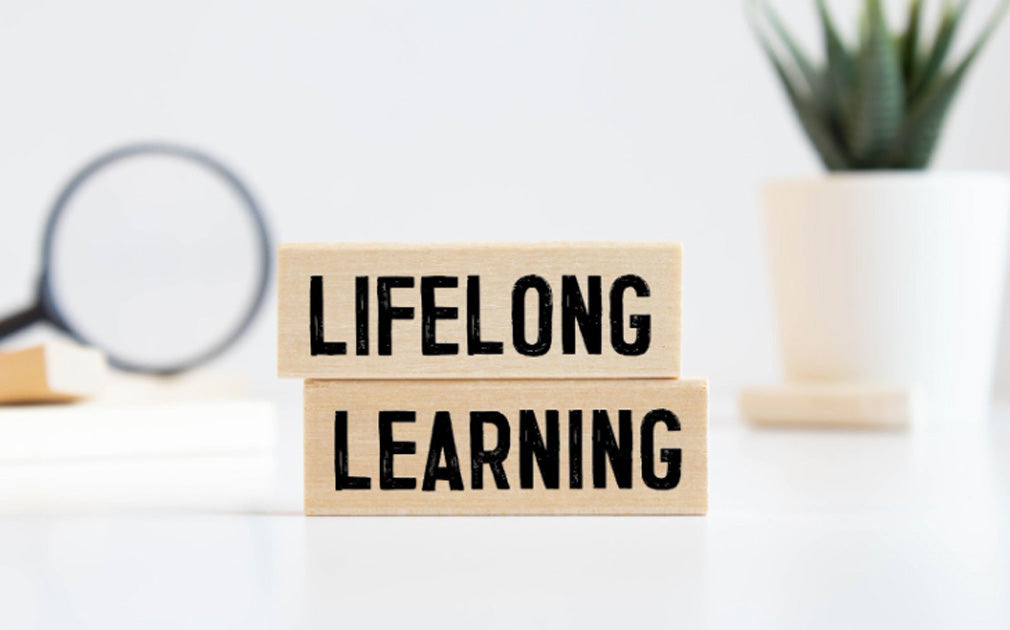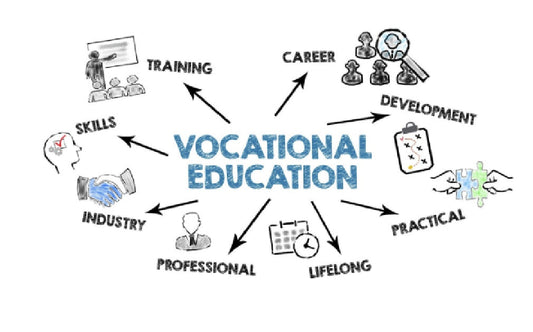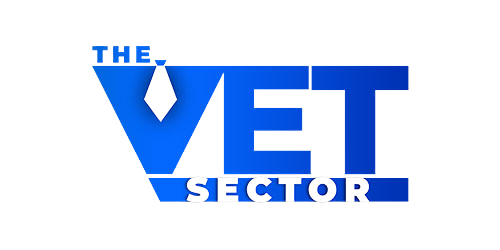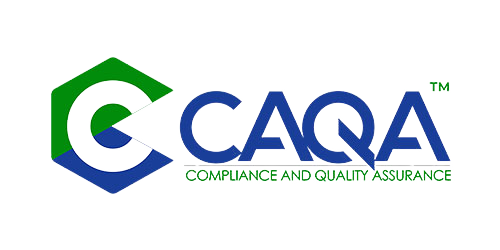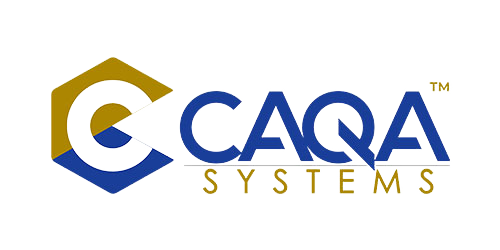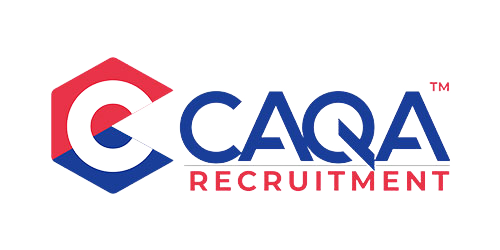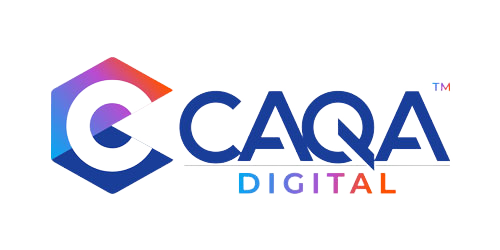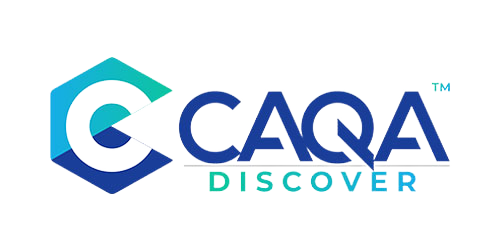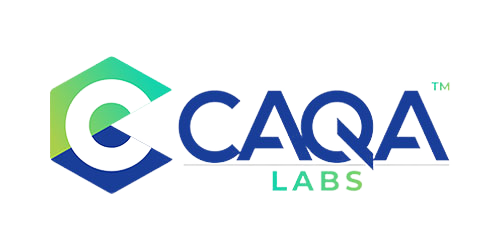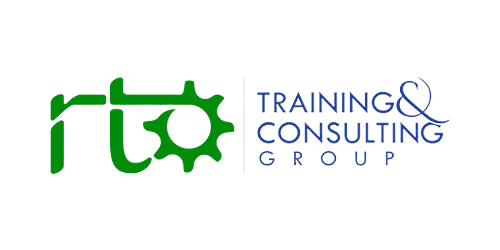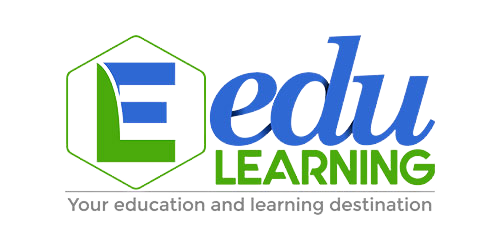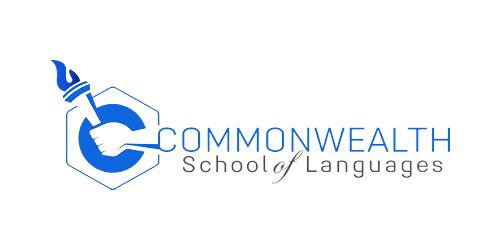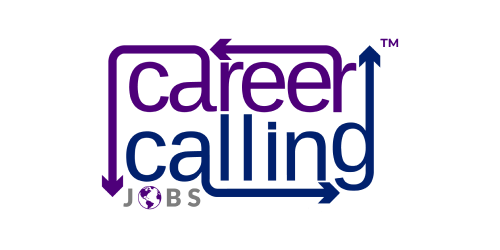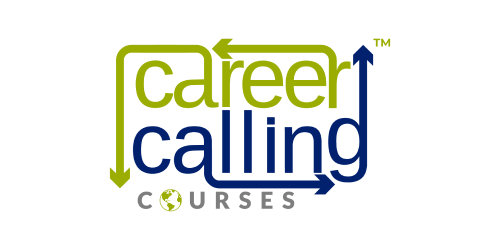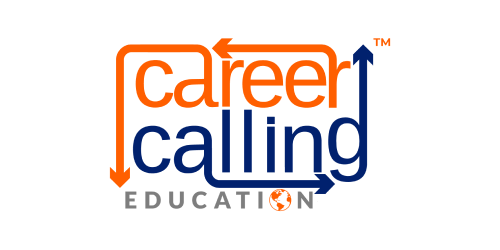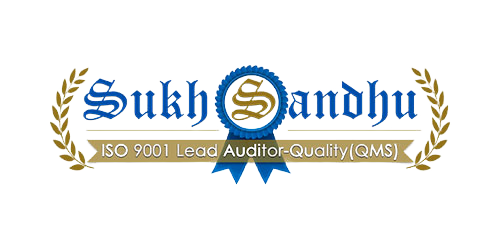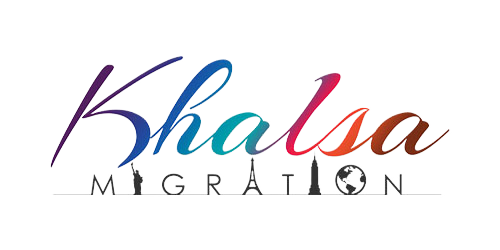Beyond One-Time Training: The New Reality of Continuous Learning
The traditional notion of education as a one-time event, confined to the early years of life and followed by a stable career path, is rapidly becoming obsolete in today's economic landscape. For Australia's Vocational Education and Training (VET) sector, historically structured around front-loaded qualifications for initial career entry, this shift represents both an existential challenge and an unprecedented opportunity for reinvention. As technological advancements accelerate, industry disruptions become commonplace, and career trajectories grow increasingly non-linear, VET providers face a fundamental question: How can vocational education evolve from delivering defined qualifications at the outset of careers to supporting continuous skills development throughout working lives?
The concept of lifelong learning has emerged as a critical imperative for both individuals and the broader economy. For workers, the half-life of technical skills continues to shrink—what was cutting-edge five years ago may now be obsolete, while entirely new specialisations emerge with minimal warning. For employers, maintaining a competitive advantage increasingly depends on workforce capabilities that continuously evolve alongside technological and market changes. For the VET sector itself, embracing lifelong learning is not merely about adding new courses or programs; it requires a fundamental shift in mindset, pedagogical approaches, and institutional structures to create a truly agile and responsive learning ecosystem that serves learners at all career stages.
Redefining Vocational Learning for Career-Long Development
Lifelong learning encompasses far more than simply acquiring new knowledge and skills through formal education. It represents a continuous process of personal and professional development that includes formal qualifications, short-form credentials, workplace learning, self-directed study, and experiential development throughout an individual's career journey. For individuals, this continuous learning approach is essential for adapting to changing job requirements, pursuing new opportunities within evolving industries, transitioning between sectors as economic shifts occur, and achieving personal fulfillment through ongoing growth. For societies and economies, it is crucial for maintaining competitive workforces, fostering innovation, promoting social inclusion, and addressing the challenges of aging populations and rapidly changing skill demands.
The VET sector is uniquely positioned to play a leading role in facilitating this lifelong learning ecosystem. Unlike traditional academic institutions focused primarily on theoretical knowledge, VET has always been closely aligned with industry needs, providing practical skills directly applicable to workplace contexts. This inherent connection to work makes vocational education ideally suited to deliver responsive training programs that address evolving skill demands throughout careers. However, realising this potential requires moving beyond the traditional model of front-loaded, full qualifications toward more flexible, modular approaches that support diverse learning needs at different career stages.
Creating Flexible Learning Architectures for Diverse Career Stages
One of the key challenges for VET in embracing lifelong learning is the need for greater flexibility and accessibility in program design and delivery. Traditional VET qualifications, often structured as comprehensive packages designed for initial workforce entry, may not suit mid-career professionals seeking targeted skill development or career-changers requiring efficient pathways to new fields. Meeting these diverse needs requires reimagining program architecture to offer multiple entry and exit points, stackable credentials, and customisable learning journeys that allow individuals to build capabilities incrementally while maintaining employment.
Progressive VET providers are developing modularised training structures that break traditional qualifications into smaller, self-contained skill sets that can be acquired individually and accumulated over time. These approaches allow learners to target specific capability gaps without redundant content, build personalised combinations of skills aligned with emerging roles that may not fit traditional occupational boundaries, and pace their learning to accommodate work and life commitments. Micro-credentials that certify specific competencies provide formal recognition for these targeted learning achievements, creating visible skill portfolios that reflect individual learning journeys rather than standardised qualification paths.
Delivery flexibility is equally important for supporting lifelong learning, recognising that mid-career learners face different constraints than those in initial training. Blended models combining online self-paced components with periodic intensive in-person sessions accommodate work schedules while maintaining the hands-on elements essential to vocational education. Evening and weekend options, block scheduling, and workplace-based delivery further enhance accessibility for employed learners. The most innovative providers are developing truly flexible approaches where learners can move between different modes as their circumstances change, maintaining continuity in their skill development despite evolving work and life demands.
Adult-Centered Pedagogical Approaches
VET institutions embracing lifelong learning must adopt pedagogical approaches specifically designed for adult learners, who bring fundamentally different characteristics to the learning environment than young people in initial training. Adult learners typically possess substantial work experience and existing knowledge, are motivated by clear connections between learning and practical application, require respect for their autonomy, and often approach learning with specific goals rather than general skill development. These characteristics demand teaching approaches that differ significantly from those used with younger cohorts undertaking their first vocational preparation.
Effective andragogical (adult learning) approaches emphasise problem-based and project-based methodologies that connect directly to workplace challenges, allowing learners to apply new knowledge immediately to relevant contexts. Case studies drawn from learners' own work experiences create engagement while leveraging existing knowledge. Collaborative approaches that encourage peer learning enable adults to share insights from diverse workplace experiences, creating rich learning communities. Self-directed elements that provide flexibility in pacing and approach respect adult autonomy while accommodating diverse learning preferences and prior knowledge levels.
The role of VET educators shifts significantly in this adult-centered model, moving from knowledge transmission toward facilitation, coaching, and creating environments for collaborative learning and critical reflection. This requires professional development for trainers who may be technical experts but lack specific preparation in adult learning facilitation. The most effective lifelong learning providers invest substantially in developing their educators' andragogical capabilities, recognising that technical expertise alone is insufficient for engaging effectively with experienced adult learners seeking targeted skill development.
Recognising Prior Learning in Non-Linear Careers
The recognition and validation of existing capabilities represent a critical element of effective lifelong learning systems. Adults returning to formal training bring substantial skills and knowledge acquired through work experience, previous education, self-directed learning, and community involvement. Requiring these learners to start from scratch not only creates inefficiency and redundancy but also fails to respect their existing expertise and can significantly reduce engagement. Robust recognition of prior learning (RPL) processes that accurately assess and credit existing capabilities are essential for creating efficient, respectful pathways for continuing professional development.
Effective RPL approaches balance rigor with accessibility, ensuring that assessment processes are thorough enough to maintain qualification integrity while remaining navigable for working adults without extensive academic experience. A portfolio-based assessment that allows learners to compile evidence from workplace projects, employer testimonials, and demonstration of skills offers more authentic evaluation than traditional academic assessments. Guided preparation support helps learners identify and document relevant capabilities they may not recognise as valuable, while industry assessors bring workplace relevance to the evaluation process.
Beyond formal RPL processes, progressive providers integrate recognition principles throughout their programs, creating diagnostic tools that help learners identify existing capabilities and knowledge gaps before beginning training. This enables truly personalised learning pathways that target specific development needs rather than forcing all learners through identical content regardless of prior experience. This personalisation not only improves efficiency but also enhances engagement by focusing on genuine learning needs rather than covering familiar territory for the sake of qualification completeness.
Economic Accessibility for Continuous Development
Financial barriers present significant obstacles to lifelong learning, particularly for workers in lower-wage occupations who may benefit most from continuous skill development but have limited resources to invest in further training. Unlike initial education, which often occurs before family formation and major financial commitments, mid-career learning competes with numerous other financial priorities, including housing, childcare, and retirement planning. Yet traditional funding models for VET remain largely oriented toward full qualifications for young people, with limited support for the targeted, incremental learning that characterises effective lifelong development.
Addressing these economic barriers requires innovative funding approaches that recognise the value of continuous skill development to both individuals and the broader economy. Micro-financing options for smaller learning units, income-contingent loans that expand beyond full qualifications to cover skill sets and micro-credentials, and personal learning accounts that accumulate funds for ongoing development represent promising approaches. Industry co-investment models where employers contribute to training costs in exchange for retention commitments can distribute the investment between those who benefit from enhanced workforce capabilities.
Public policy plays a crucial role in establishing economic foundations for lifelong learning, recognising its contribution to economic adaptability and workforce participation. Targeted subsidies for priority skills, tax incentives for individual and employer investment in continuing education, and recognition of skill development as legitimate professional expense for tax purposes all contribute to more accessible ongoing learning. The most forward-thinking jurisdictions are developing comprehensive lifelong learning funding frameworks that support diverse learning patterns throughout careers rather than concentrating public investment primarily on initial qualifications.
Employer Engagement in Continuous Workforce Development
Employers play a central role in enabling or hindering lifelong learning through their policies, practices, and cultural attitudes toward ongoing skill development. In organisations that genuinely value continuous learning, employees receive time allowances for professional development, financial support for relevant training, recognition for new capabilities in advancement decisions, and encouragement to apply new learning in their current roles. Conversely, workplaces focused solely on immediate productivity with little investment in employee development create significant barriers to ongoing learning, regardless of individual motivation or educational accessibility.
VET providers embracing lifelong learning must actively engage with employers to promote the value of continuous workforce development and create supportive learning ecosystems rather than just delivering individual courses. This engagement includes helping organisations identify emerging skill needs, developing customised programs aligned with specific workplace contexts, creating flexible delivery approaches that minimise workday disruption, and providing learning impact evidence that demonstrates return on investment. Collaborative curriculum development ensures that training addresses actual workplace challenges, while coordinated scheduling and assessment accommodate production demands alongside learning activities.
The most innovative VET-employer partnerships develop integrated approaches where formal training and workplace application are seamlessly connected rather than separate activities. Work-based projects that address actual organisational challenges while developing new capabilities, mentoring programs that pair learners with experienced colleagues, and collaborative problem-solving groups that apply new techniques to existing processes all represent effective integration strategies. These approaches not only enhance learning effectiveness through immediate application but also demonstrate tangible value to employers, encouraging continued investment in workforce development.
Leveraging Digital Tools for Flexible, Accessible Learning
Digital transformation creates both necessities and opportunities for lifelong learning in vocational education. As technologies rapidly evolve across industries, workers must continuously update their capabilities to remain effective, creating unprecedented demand for accessible, efficient skill development. Simultaneously, digital learning technologies enable new delivery approaches that can overcome traditional barriers to continuing education, including geographic limitations, scheduling constraints, and the need for personalised pacing and content.
Effective digital approaches for vocational lifelong learning combine the flexibility of online delivery with the practical, applied focus essential to skill development. Mobile-accessible microlearning modules enable skills development in small time increments, making learning possible during breaks or commutes. Simulation technologies allow the practice of complex technical procedures without equipment access limitations or material waste. Augmented reality applications overlay guidance on actual workplace tasks, enabling performance support and learning simultaneously. Virtual collaboration tools facilitate peer learning communities that share challenges and solutions across geographic boundaries.
However, digital approaches must be implemented thoughtfully to avoid creating new barriers for those with limited technology access or digital literacy. Blended models that combine digital flexibility with periodic in-person components often prove most effective, particularly for complex technical skills requiring hands-on practice and immediate feedback. Multi-device compatibility ensures accessibility across different technology platforms, while downloadable content accommodates intermittent connectivity. Support services for digital navigation and troubleshooting prevent technical issues from becoming learning barriers, particularly for older workers or those from disadvantaged backgrounds.
Creating Learning Organisations: Institutional Transformation
For VET providers, embracing lifelong learning requires internal cultural and structural transformation as much as external program development. Institutions historically organised around delivering defined qualifications through standardised processes must develop new capabilities for responsiveness, personalisation, and continuous innovation. This transformation begins with leadership commitment to lifelong learning principles, demonstrated through strategic planning, resource allocation, and performance metrics that prioritise ongoing skill development alongside traditional completion outcomes.
Organisational structures must evolve to support greater agility, with cross-functional teams that can rapidly develop new offerings in response to emerging industry needs, fluid boundaries between departments that facilitate interdisciplinary collaboration, and decision-making processes that empower front-line educators to customise approaches based on learner needs. Staff development becomes paramount, ensuring that all personnel—from instructors to administrators to support staff—understand and embrace lifelong learning principles while continuously enhancing their own capabilities to serve diverse learners at different career stages.
The most progressive institutions model lifelong learning principles in their own operations, creating cultures where continuous improvement, innovation, and adaptation are valued and rewarded. Regular environmental scanning identifies emerging skill needs and technologies, staff knowledge-sharing mechanisms distribute insights across the organisation, and experimental approaches to program development allow rapid prototyping and refinement of new learning models. By embodying the principles they promote, these institutions develop an authentic understanding of lifelong learning challenges and opportunities while building credibility with both learners and industry partners.
Measuring Impact: New Metrics for Lifelong Learning Success
Traditional VET metrics focused primarily on completion rates, initial employment outcomes, and full qualification attainment provide insufficient insight into lifelong learning effectiveness. Alternative measurement frameworks are needed to evaluate success in supporting continuous skill development, career progression, and adaptive capabilities rather than just initial qualification. These frameworks should consider both immediate learning outcomes and the longer-term impact on career resilience, adaptability, and economic participation throughout working lives.
Relevant metrics for lifelong learning programs include skill application rates (how quickly and effectively learners apply new capabilities in workplace contexts), career advancement outcomes (including both vertical progression and horizontal mobility between sectors), learning progression (continued engagement in developmental activities following initial training), and adaptation success (ability to navigate industry disruption and technological change without extended unemployment). Employer-focused measures include productivity improvements, innovation increases, and enhanced adaptability to market or technological changes following workforce skill development.
Capturing these complex impacts requires sophisticated longitudinal research that tracks learners over extended periods rather than just measuring immediate outcomes. Digital credentialing systems that create comprehensive, portable skill records help document incremental capability development that may not result in traditional qualifications. Employer feedback mechanisms provide insight into workplace application and business impact beyond individual learner outcomes. By developing these enhanced measurement approaches, VET providers can better demonstrate the value of lifelong learning investments while continuously improving their support for career-long development.
From Qualifications to Continuous Capability Development
The transition from traditional qualification-focused vocational education to comprehensive lifelong learning systems represents both a significant challenge and an extraordinary opportunity for Australia's VET sector. By embracing this transformation—developing flexible learning architectures, adopting adult-centered pedagogies, recognising prior learning, addressing economic barriers, engaging employers, leveraging digital technologies, transforming institutional cultures, and measuring holistic impacts—providers can establish themselves as essential partners in continuous workforce development rather than merely initial training providers.
This evolution requires reimagining fundamental aspects of vocational education: shifting from standardised programs to personalised learning journeys, from time-bound qualifications to continuous capability development, from institution-centered delivery to boundary-spanning learning ecosystems, and from front-loaded training to career-long educational relationships. The providers who successfully navigate this transformation will position themselves at the center of Australia's future skills ecosystem, maintaining relevance and impact as career patterns and learning needs continue to evolve.
For individuals, effective lifelong learning systems offer pathways to sustained employability, career resilience, and professional fulfillment in a rapidly changing economy. For employers, they provide access to continuously developing workforce capabilities that drive innovation, productivity, and competitive advantage. For society, they create foundations for economic adaptability, social mobility, and inclusive prosperity. By embracing its central role in building these systems, Australia's VET sector can fulfill its fundamental purpose—connecting individuals to meaningful work opportunities while meeting evolving industry needs—not just at career entry but throughout entire working lives.


